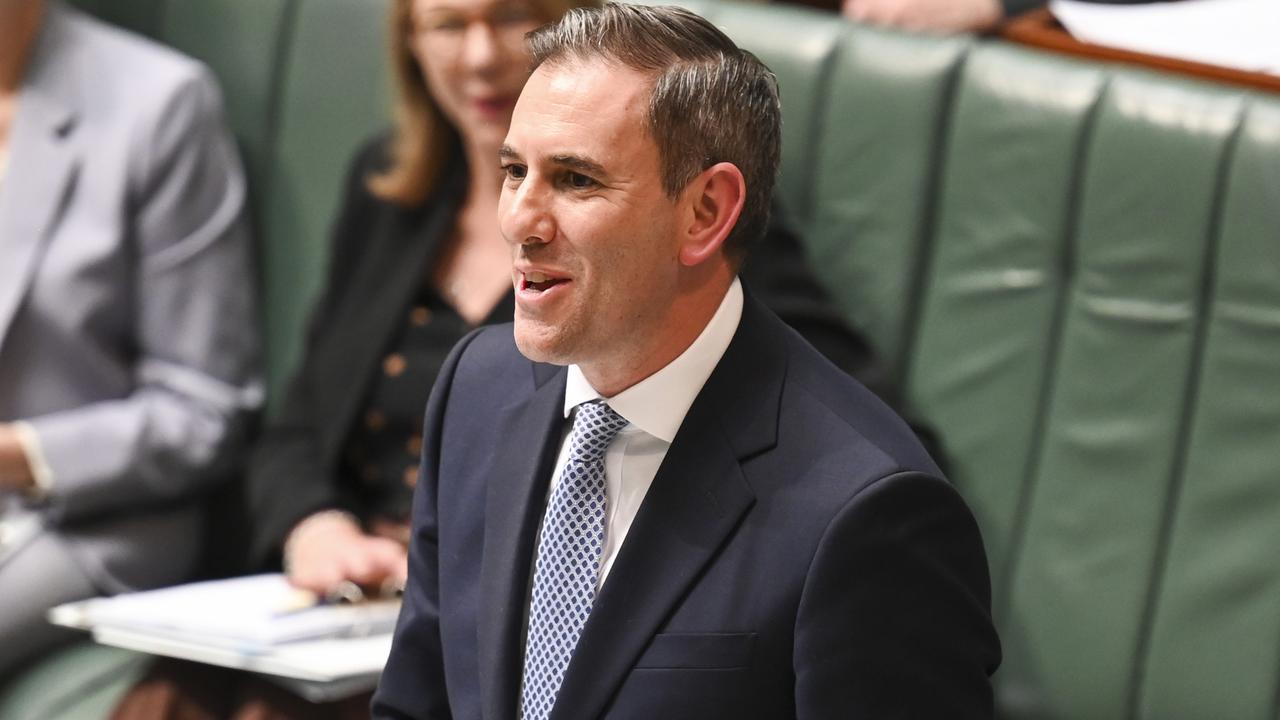Everything you need to know about changes coming July 1
From tax to minimum wage, the financial landscape for Australians will change dramatically from July 1. Here’s what’s coming.

From tax and minimum wages to energy costs and superannuation, Australia’s financial landscape will change dramatically from July 1.
All Australians will nab a cash boost as stage 3 tax cuts kick in, and new data from consumer comparison website Finder shows most Australians need it.
Just two in 5, or some 40 per cent, of Australians have less than $1000 in their bank account and almost one in two, or 48 per cent, could only survive off their savings for a month or less if their income dried up tomorrow, the company’s research shows.
Some 23 per cent of Australians, or about 4.8 million, claim they have zero dollars in savings.
Finder personal finance expert Sarah Megginson said July 1 could provide a marker for Australians to try to rebuild their financial house.
“The end of the financial year always brings with it the opportunity to get your finances in order,” she said.

“But this year, there’s an added incentive to get all your ducks in a row, as you’ll have more money to work with via tax cuts and energy credits.
“Tax filing season starts on 1 July, but most people will need to wait a few weeks for an income statement from their employer.
“Australians should carefully consider what they do with their returns. Think of how you can use the cash boost to your best advantage.
“You might want to use it to tackle debt, free yourself from overdue bills or give your savings account a healthy jump-start.”
Here are the major changes coming from July 1.
Stage 3 tax cuts
Australians will pocket between $350 and $4500 in extra cash each year depending on their income bracket as part of the tax cut package.
Banking behemoth NAB estimates more than a third, or 36 per cent, plan to save extra money rather than splurging on non-essentials.
A majority of Gen Z Australians, or 53 per cent, will save rather than spend and 49 per cent of those earning between $100,000 and $150,000 will likely choose frugality over extravagance, the bank’s data shows.
Some 29 per cent plan to beat back higher living costs with the cash boost, while 22 per cent will use it to pay down debt.
One in three Australians are saving for a holiday or adding to a rainy-day fund, while one in four are saving for a home and one in five for retirement.
Almost eight in 10 said they were trying to save more money and on average, Australians are looking to get to about $17,000 in savings.
Minimum wage
The minimum wage and award wages will increase by 3.75 per cent from July 1 following a recent Fair Work Commission decision.
That means the national minimum wage increases from $23.23 per hour to $24.10 per hour or from $882.80 per week to $915.91 per week – based on a full-time, 38-hour working week.

Across the economy, 20.7 per cent of workers have their pay set under 121 modern award rates, while just 0.2 per cent, or 32,100 workers, of Australian employees are paid the minimum wage.
A further 4 per cent of workers on enterprise and individual agreements have their pay tied to the commission’s annual determination.
Paid parental leave
The amount of leave eligible parents can access is increasing.
At the moment, parents can access up to 100 days of paid leave or 20 weeks based on a five-day work week.
From July 1, parents will be eligible for 110 days, or 22 weeks, based on a five-day work week.
This increases to 120 days, or 24 weeks, in July 2025 and then 130 days, or 26 weeks, in July 2026.
Energy bill relief
A centrepiece of the federal government’s May budget is energy bill relief.
Ten million households will be given $300 in energy bill rebates, while one million small businesses will be $325 better off.
The credits will be applied in quarterly instalments over the financial year, and the entire package will cost the budget $3.5bn.

Treasurer Jim Chalmers said the energy bill support formed part of a targeted “cost-of-living” relief package.
“The reason we’ve gone broad with the energy bill rebates is we recognise these cost-of-living pressures are felt up and down the income ladder,” he said.
“We’ve found a responsible way to provide assistance more broadly and in a more targeted system.
Superannuation
The super guarantee is increasing to 11.5 per cent.
It will then increase by a further 0.5 per cent on July 1, 2025 to 12 per cent.




